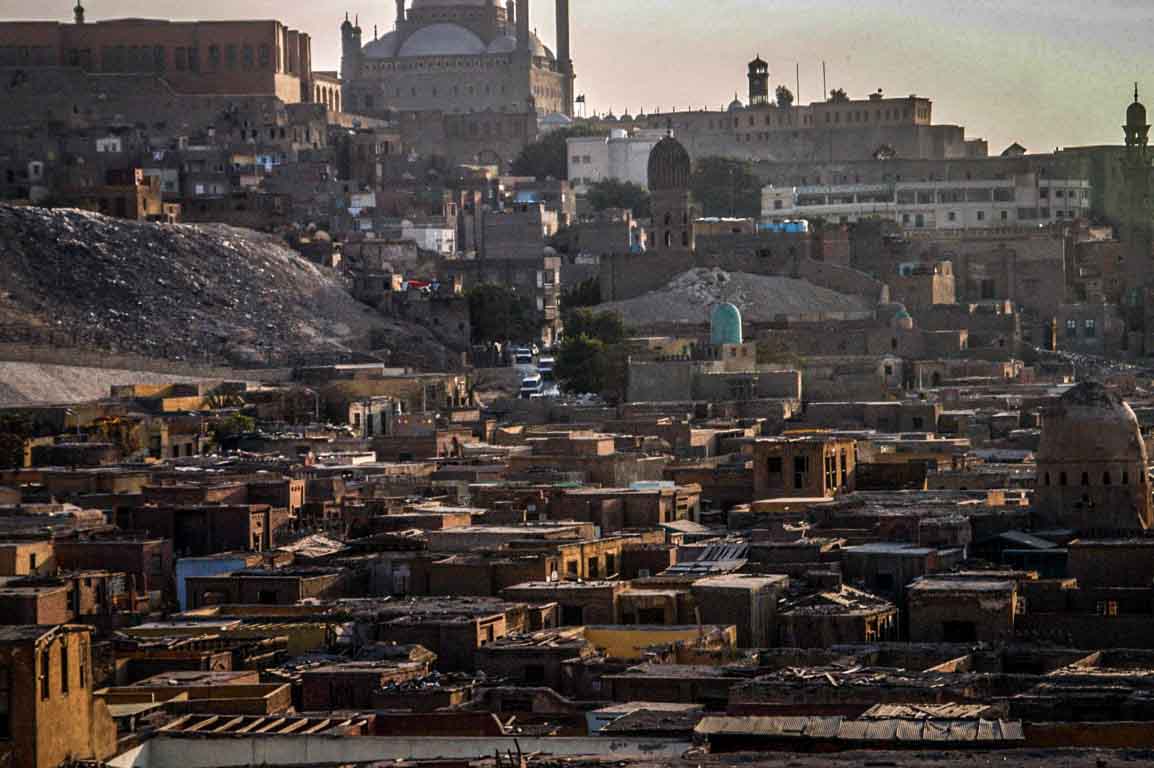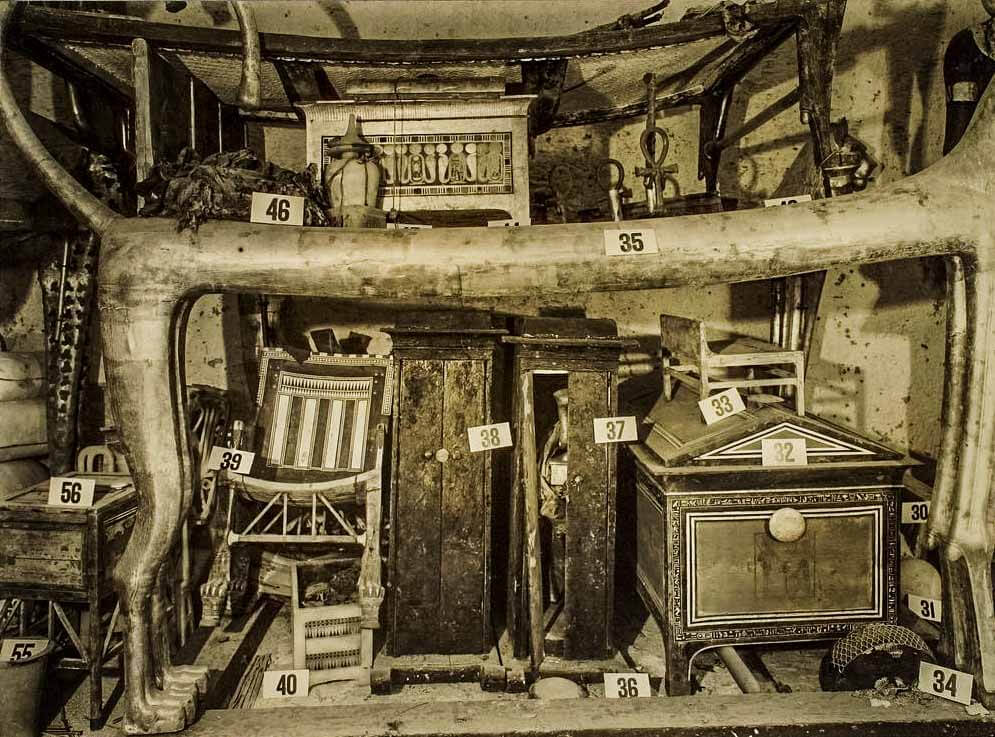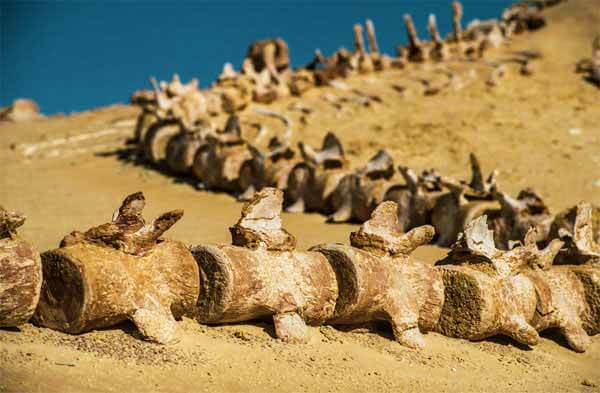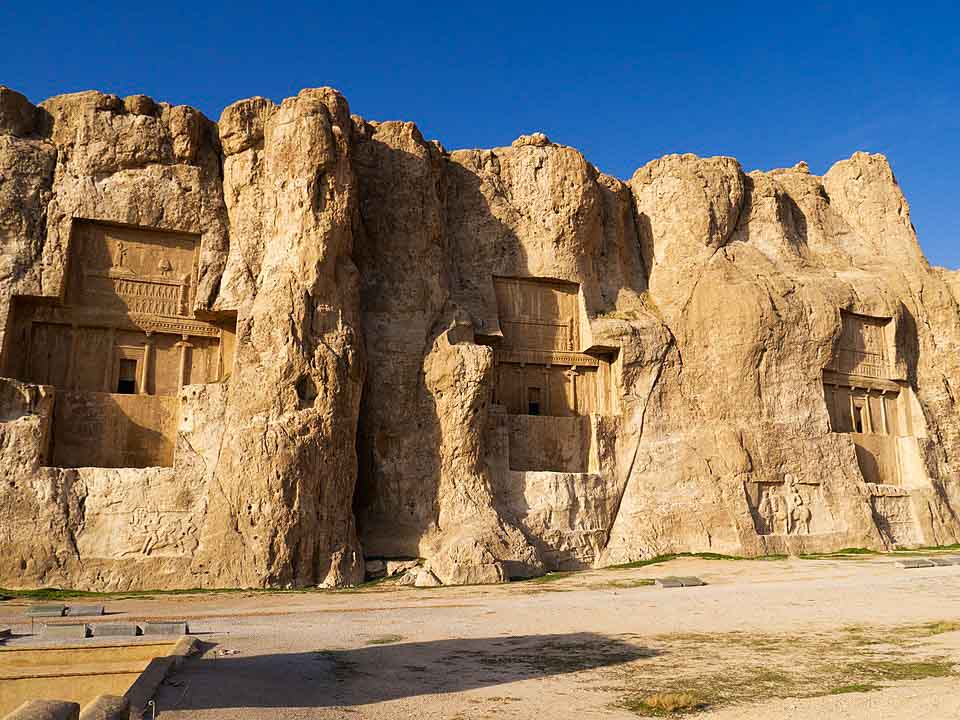Cairo, Egypt
Coordinates: 30.041961, 31.271114
The City of the Dead, or Cairo Necropolis is a series of vast Islamic-era necropolises and cemeteries in Cairo, Egypt. They extend to the north and to the south of the Cairo Citadel, covering an area roughly 4 miles long. They are included in the UNESCO World Heritage Site of “Historic Cairo”.
The necropolis is separated roughly into two regions: the Northern Cemetery to the north of the Citadel also called the Eastern Cemetery or Qarafat ash-sharq in Arabic because it is east of the old city walls, and the older Southern Cemetery to the south of the Citadel. There is also another smaller cemetery north of Bab al-Nasr.
There are two parts of Qarrafa necropolis. Northern and Southern.
Northern is adorned with many Mamluk tombs, some of them very impressive, especially the sultans’ tombs, like the one of sultan Barquq.
Southern Qarrafa has tombs of Abbasid caliphs. Abbasids were caliphs in years 750-1517. Their capitals were mostly in Iraq (Baghdad and Samarra are the most notable).
This is a cemetery – and as such not normally a place to visit. Although the tombs are pretty interesting. What is sad though is that there are, literally, around million people living in the area as they cannot find homes anywhere else but the burial places of their ancestors.
There was a section of Mausoleums which were built to look like homes starting about 400 years ago. In recent times the poor have taken over the area and have moved into these mausoleums and are living in them as if they are their homes.
They are allowed to live amongst the crypts to keep them from living as homeless. Many of the people living there were homeless after the 1992 earthquake with nowhere else to go. The government has since provided electricity, water, and schools for the people there. Not a place for the squeamish, though. This is truly a “city within a city”.



















